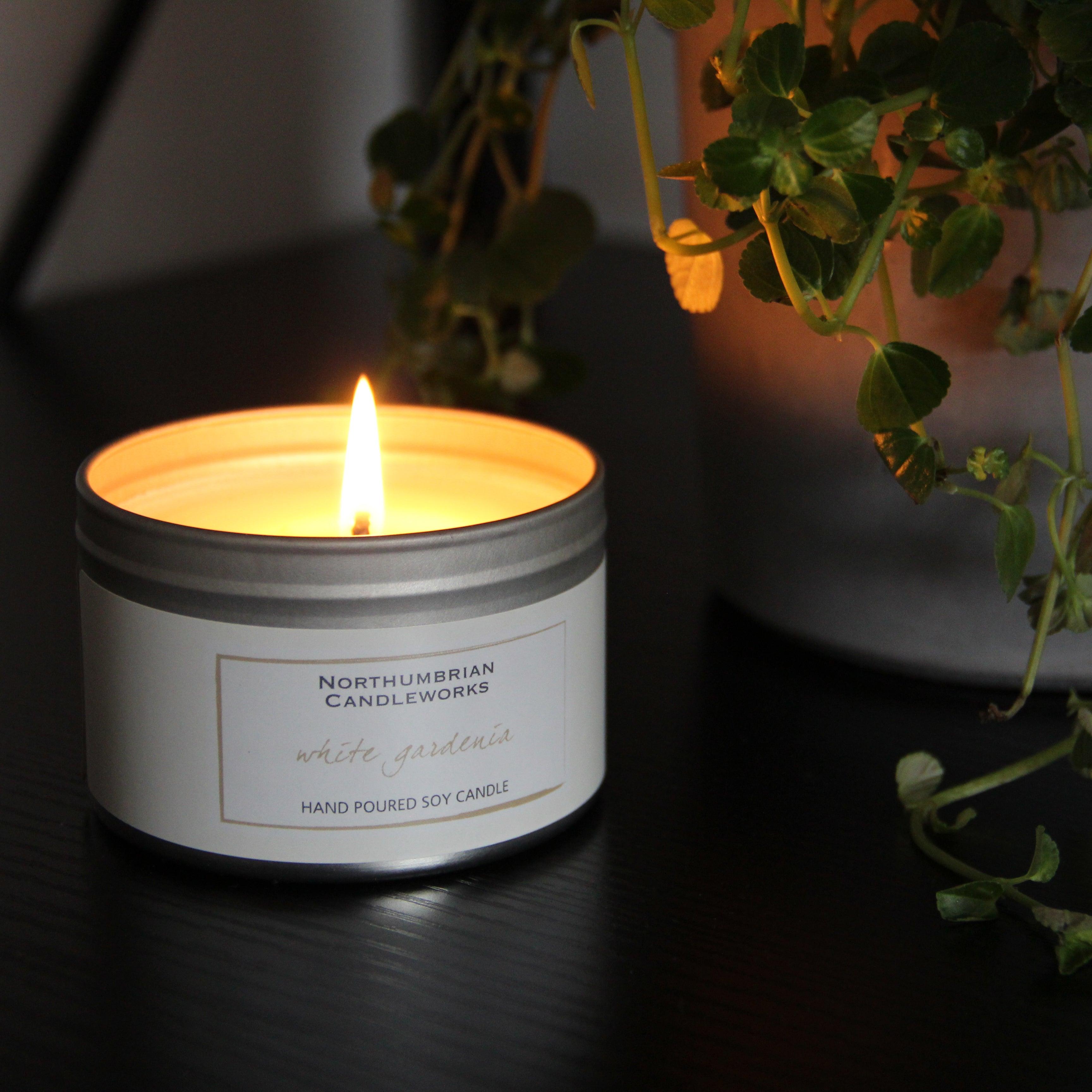Shop Sustainable Soy Wax Candles and Home Fragrance Collections
From Wick to Wax: Comprehending the Chemistry Behind Soy Wax Candles and Their Environmental Influence
As we brighten our rooms with the cozy glow of candles, there lies a realm of complex chemistry behind the seemingly basic act of lighting a soy wax candle. Join us as we unwind the clinical intricacies behind soy wax candle lights and explore their ramifications on our setting.
Soy Wax Vs. Paraffin Wax
When comparing soy wax and paraffin wax for candle production, it is vital to recognize the distinctive attributes and benefits of each material. Soy wax is a natural, renewable source obtained from soybean oil, making it environment-friendly and naturally degradable - crystal soy candles. In comparison, paraffin wax is a byproduct of oil refining, which increases worries regarding its environmental influence and sustainability
Soy wax candle lights shed cleaner and release less soot contrasted to paraffin wax candle lights, making them a healthier selection for interior air quality. Furthermore, soy wax has a reduced melting factor, permitting a longer-lasting candle light that spreads fragrance better. Paraffin wax, on the other hand, has a tendency to melt faster and much less easily, possibly releasing hazardous chemicals into the air.
From a sustainability point of view, soy wax is favored for its biodegradability and eco-friendly sourcing, straightening with the expanding consumer choice for environmentally conscious products. While paraffin wax has actually been a standard option in candle making due to its cost and simplicity of use, the shift in the direction of environment-friendly options like soy wax is obtaining energy in the sector.
Chemical Make-up of Soy Wax

Burning Refine in Soy Candles
The chemical composition of soy wax straight affects the burning process in soy candles, influencing variables such as burn time, scent release, and ecological effect. When a soy candle light is lit, the warm from the flame melts the wax near the wick. This liquid wax is after that created the wick because of capillary activity. As the liquid wax reaches the flame, it undertakes and evaporates combustion. The burning process includes the vaporized hydrocarbons in the wax reacting with oxygen in the air to generate warm, light, water vapor, and co2.
The combustion effectiveness of soy candles is affected by the purity of the soy wax and the quality of the wick. A clean-burning soy candle with an appropriately sized wick will certainly produce a stable flame and decrease residue formation. This not just prolongs the melt time of the candle however additionally improves the launch of fragrances. Furthermore, soy wax candles have a reduced ecological influence compared to paraffin candles as a result of their renewable and biodegradable nature.

Ecological Benefits of Soy Wax

Considered a lasting image source choice to standard paraffin wax, soy wax supplies significant environmental benefits that make it a preferred choice among eco-conscious customers. Soy wax burns cleaner and creates much less soot than paraffin wax, adding to much better indoor air top quality and reducing the demand for cleansing and upkeep. On the whole, the ecological benefits of soy wax line up with the expanding need for lasting and environmentally friendly products in the market.
Recycling and Disposal Considerations
Recycling and correct disposal of soy wax candle lights play an important role in preserving ecological sustainability and minimizing waste in houses and neighborhoods. The initial step is to guarantee that the candle light has shed entirely when it comes to reusing soy wax candles. This can be accomplished by allowing the candle light to melt up until the wick is no longer functional, and afterwards letting the remaining wax cool and solidify. When the wax has actually solidified, it can be carefully gotten rid of from the container.

In terms of disposal, if recycling is not an alternative, soy wax candles are eco-friendly and can be securely dealt with in the majority of home waste systems. It is constantly advised to examine with neighborhood reusing centers or waste administration services for particular standards on candle here light disposal to make certain correct handling and environmental protection.
Conclusion
Finally, the chemistry behind soy wax candle lights exposes their ecological benefits over paraffin wax candles. Soy wax, stemmed from soybean oil, burns cleaner and generates much less soot when contrasted to paraffin wax. The combustion procedure in soy candles is more effective, resulting in a much longer and much more also shed. Furthermore, soy wax is naturally degradable and renewable, making it a more lasting find out choice for candle light manufacturing. Recycling and proper disposal of soy wax candle lights even more add to their environmental impact.
When comparing soy wax and paraffin wax for candle making, it is crucial to understand the distinct features and advantages of each material (home fragrance).Soy wax candles melt cleaner and send out much less residue compared to paraffin wax candle lights, making them a much healthier choice for indoor air quality.Thought about a lasting choice to traditional paraffin wax, soy wax provides remarkable ecological advantages that make it a preferred choice amongst eco-conscious consumers. Soy wax burns cleaner and produces much less residue than paraffin wax, contributing to better indoor air high quality and lowering the need for cleansing and upkeep.In verdict, the chemistry behind soy wax candles exposes their ecological benefits over paraffin wax candles